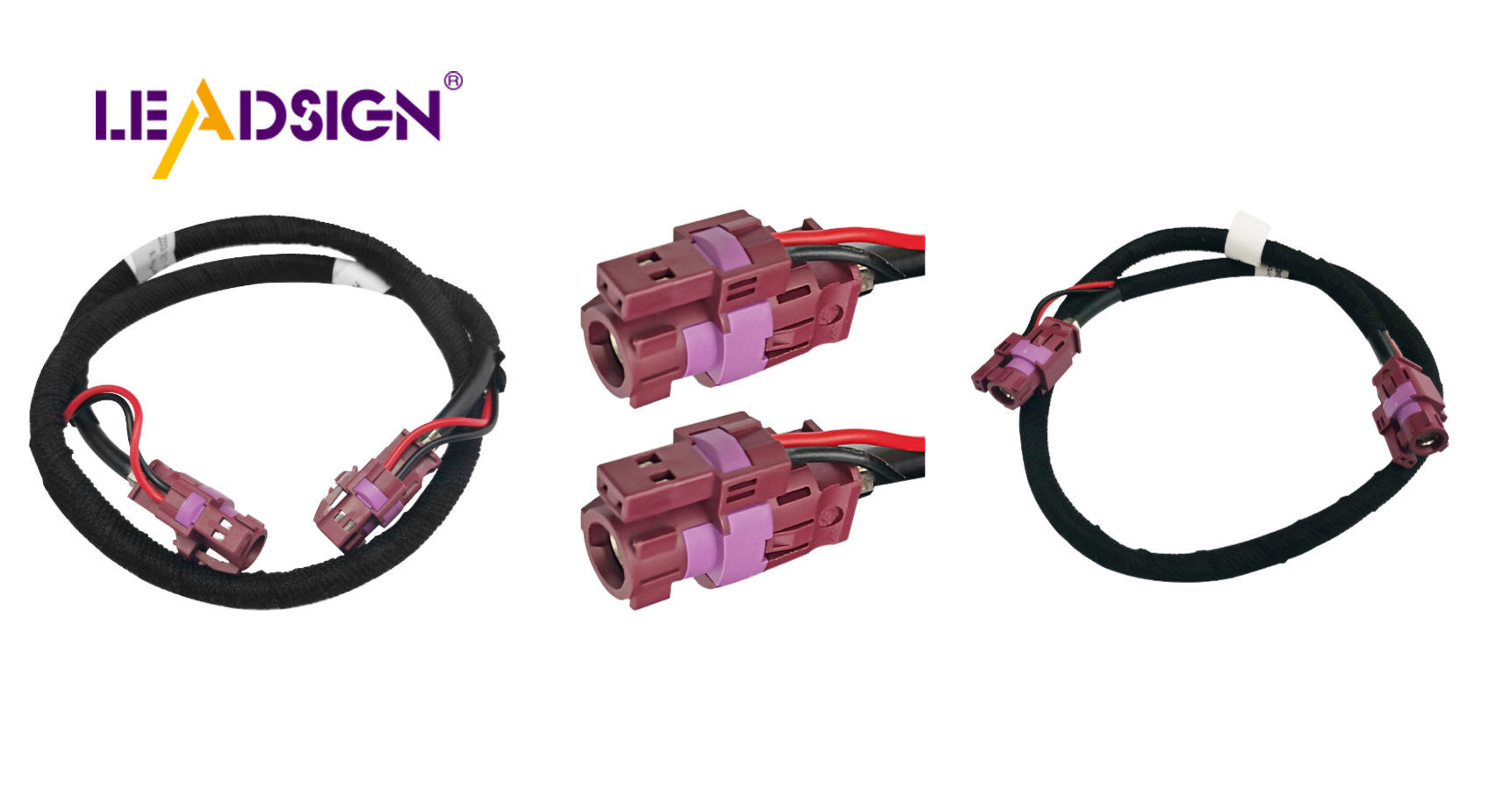What Sets HSD LVDS Cable Apart in Auto Wire Solutions

The automotive industry demands high-quality wiring solutions, and automotive wires play a crucial role in vehicle functionality. They ensure advanced features operate seamlessly. The market for automotive wiring is rapidly expanding and is projected to reach $71.96 billion by 2030, indicating a growing demand for superior wiring solutions. HSD LVDS cables are vital in this context, as they provide fast data transmission using low voltage signals, making them exceptional in auto wire applications.
Understanding HSD LVDS Cables
What is HSD LVDS?
HSD LVDS cables means High-Speed Data Low Voltage Differential Signaling. This cable works really well with data and signals. It sends digital data quickly and smoothly. The cable has a special shielded connection, perfect for cars.
How it works in cars
In cars, HSD LVDS cables link parts of infotainment systems. They move data between screens and cameras reliably. The strong build stops damage from wear and rust, so they last long in tough places.
Key Features
Fast data movement
HSD LVDS cables are great at moving data fast. They help modern car systems work better by speeding up data flow.
Low power signaling
Low Voltage Differential Signaling uses less power. It cuts down on signal noise, keeping signals clear. This makes HSD LVDS cables good for delicate car tasks.
Comparing with Other Cables
Different from old cables
Old cables don't have the cool features of HSD LVDS cables. They might not keep data as safe or quick. The special shielded system makes HSD LVDS cables stand out from old wires.
Better than other types
HSD LVDS cables are faster and more reliable than others. They handle tough conditions well, lasting longer and working steadily. These perks make them popular in car wiring solutions.
Uses in Car Industry
Infotainment Systems
Audio and Video Role
HSD LVDS cables help cars send data fast. They make sure music and videos play smoothly. Car makers use them to connect cameras, GPS, and screens. This keeps data clear and steady.
Better User Experience
These cables improve car features for users. Fast links make infotainment work well. People enjoy easy access to media. The strong build means they last long without damage.
Advanced Driver Help Systems (ADAS)
Safety Feature Importance
HSD LVDS cables are key for driver help systems. They give stable data links for safety tools. Cars need these cables for accurate info quickly.
Sensor Connection
Connecting sensors is crucial for ADAS. HSD LVDS cables let sensors talk to control units well. Car makers adjust these cables for different needs, boosting performance.
Connectivity and Talk
Car-to-Car Communication
HSD LVDS cables help cars talk to each other. They offer the needed speed and signal strength. Cars need good links for quick data swaps, aiding new tech features.
Telematics and Maps Support
Telematics and maps use these cables for fast data moves. They ensure correct location info and directions. Cars get better navigation with HSD LVDS cable power.
Benefits of Using HSD LVDS Cables
Better data quality
HSD LVDS cables keep data clear. They hold strong signals. This helps send accurate information. Car makers trust this reliability. Fast connections improve digital data flow.
Strong and long-lasting
HSD LVDS cables last a long time. They fight wear and rust. This makes them last longer in cars. Cars need tough materials. These cables work well for that.
Cost-Effectiveness
Save money over time
HSD LVDS cables save money in the long run. They need fewer replacements. This cuts costs for car makers. Buying strong cables is smart financially.
Lower repair costs
HSD LVDS cables cut down on repairs. They need fixing less often. Less maintenance means saving money. Car companies spend less on upkeep. Good cables help things run smoothly.
HSD LVDS cables have special features for car wiring. They give fast, protected connections for digital data. Their strong design works well in tough places, keeping data safe and lasting long. These cables help infotainment, cameras, and maps by sending clear data. In the future, more cars will use HSD LVDS cables because they work better and save money. Car makers will gain by using these smart cables in their designs.
See Also
Benefits of LVDS Wiring in Automotive Technology
Improving Links with HSD LVDS Wires
Significance of HSD Links in Auto Sector

